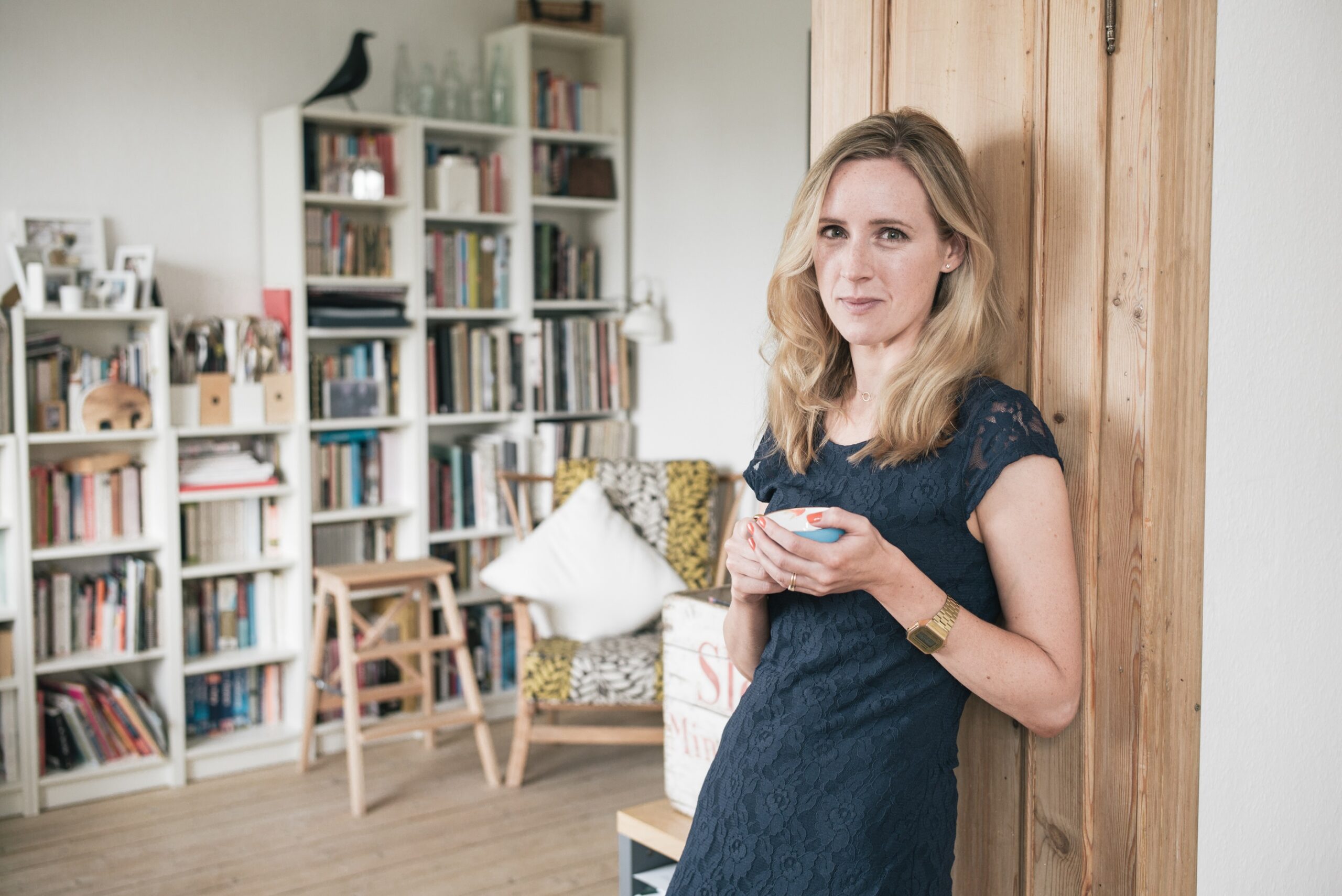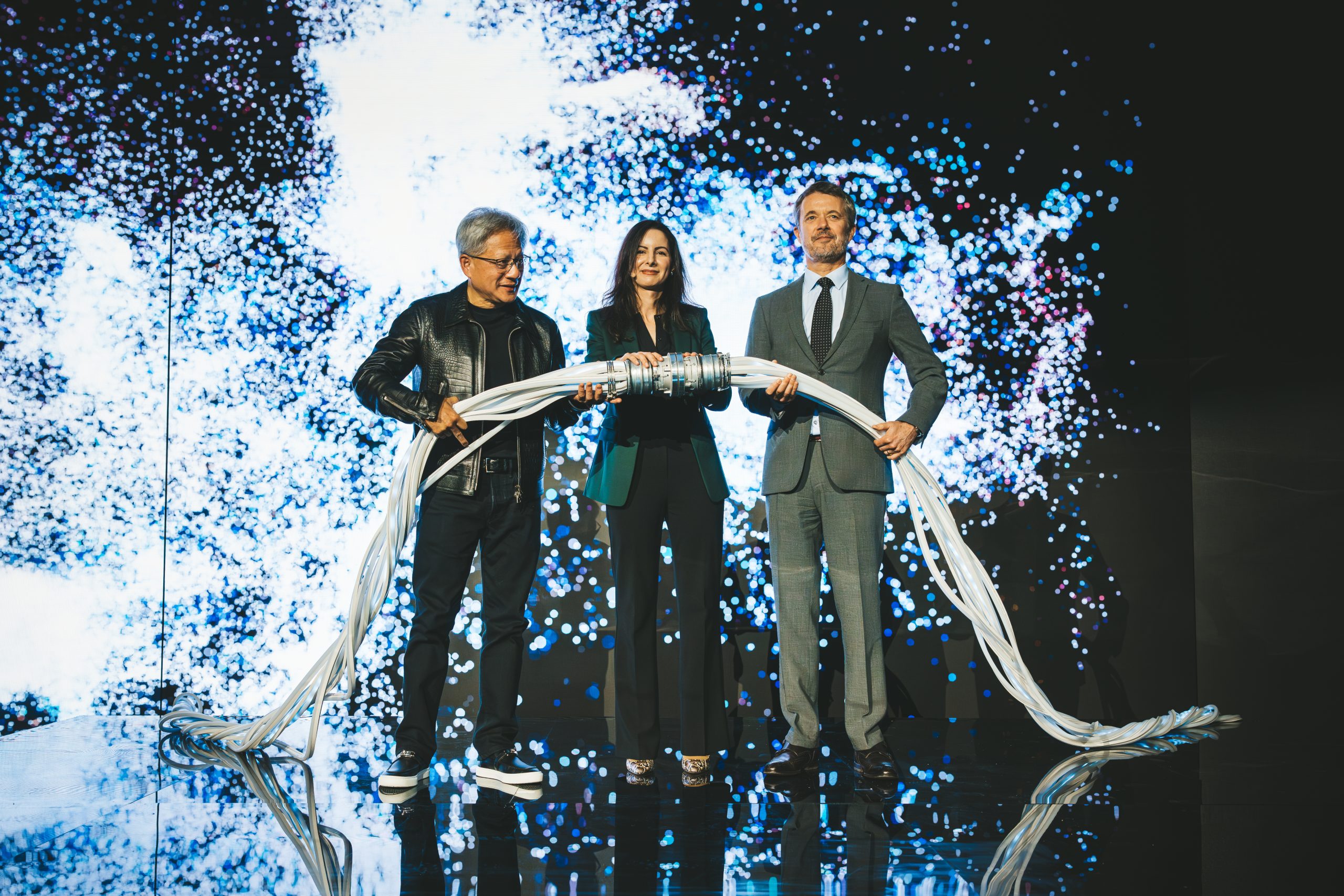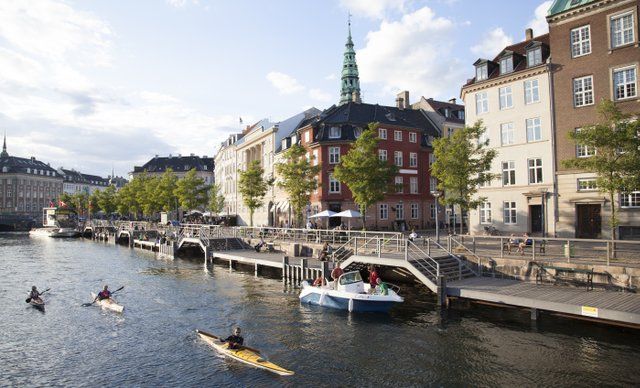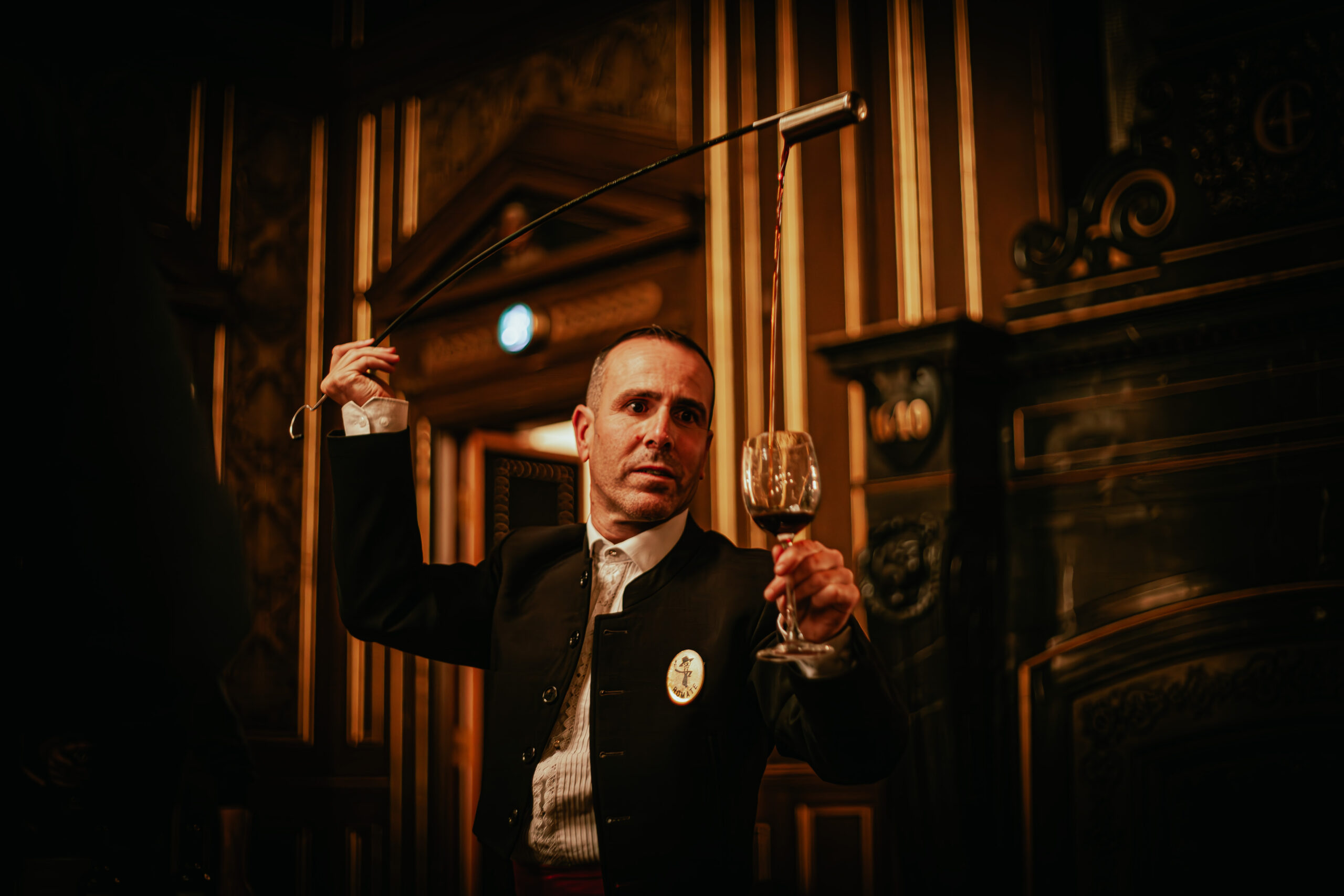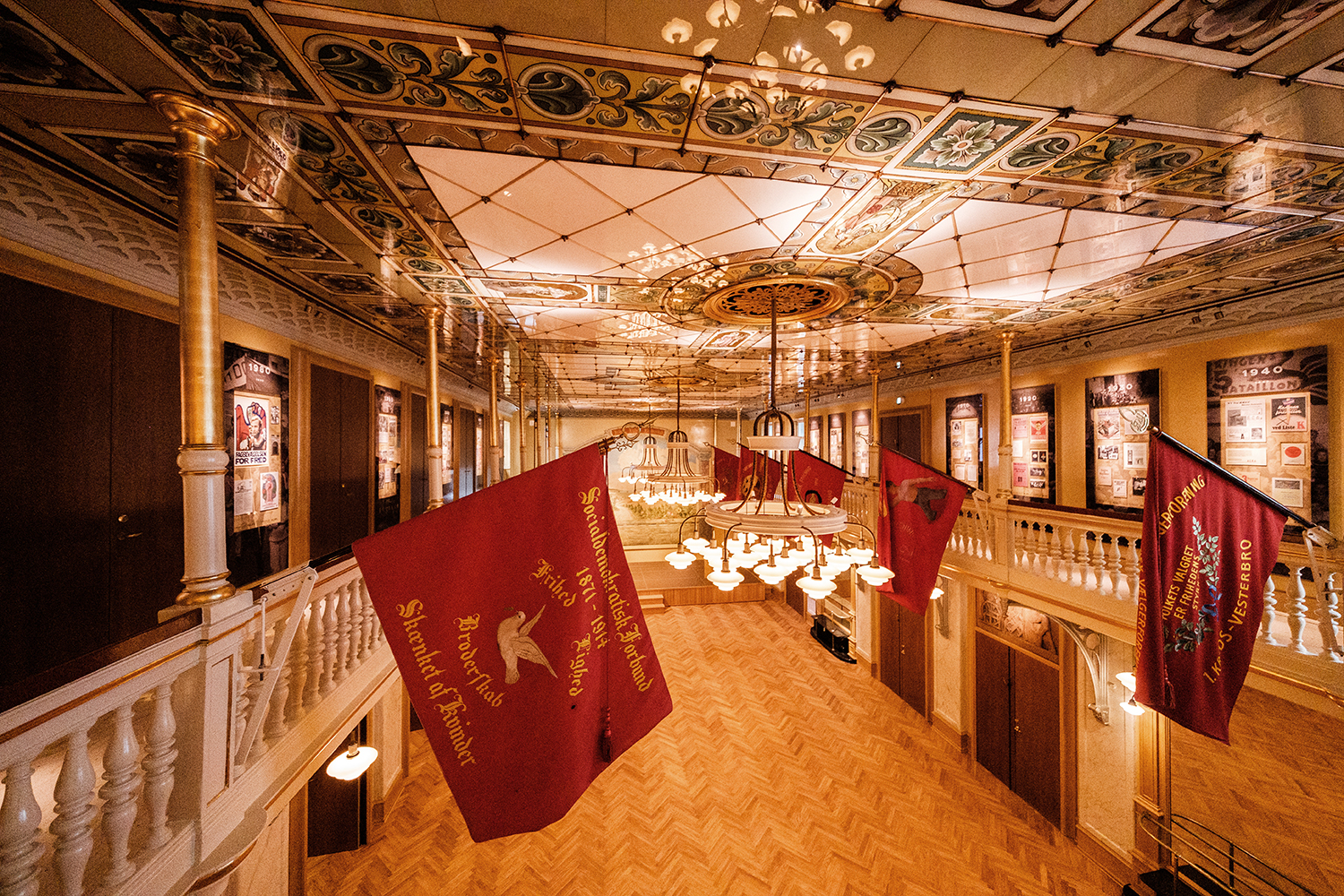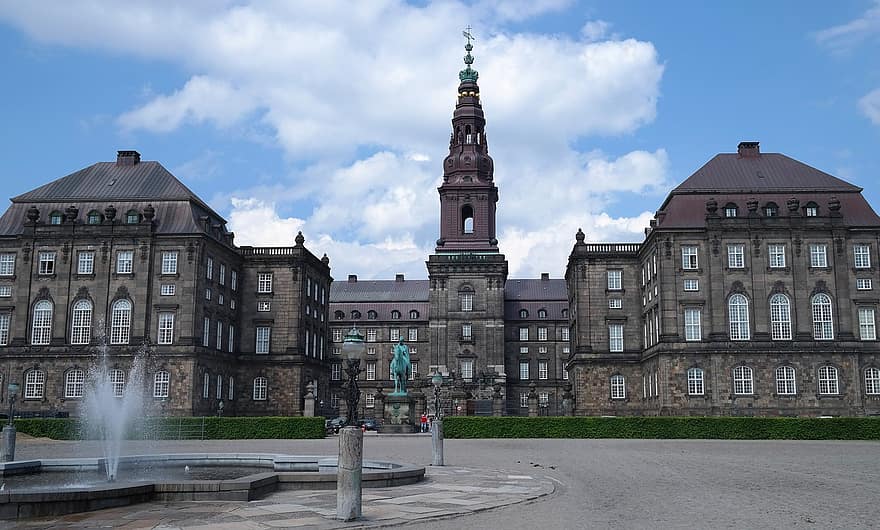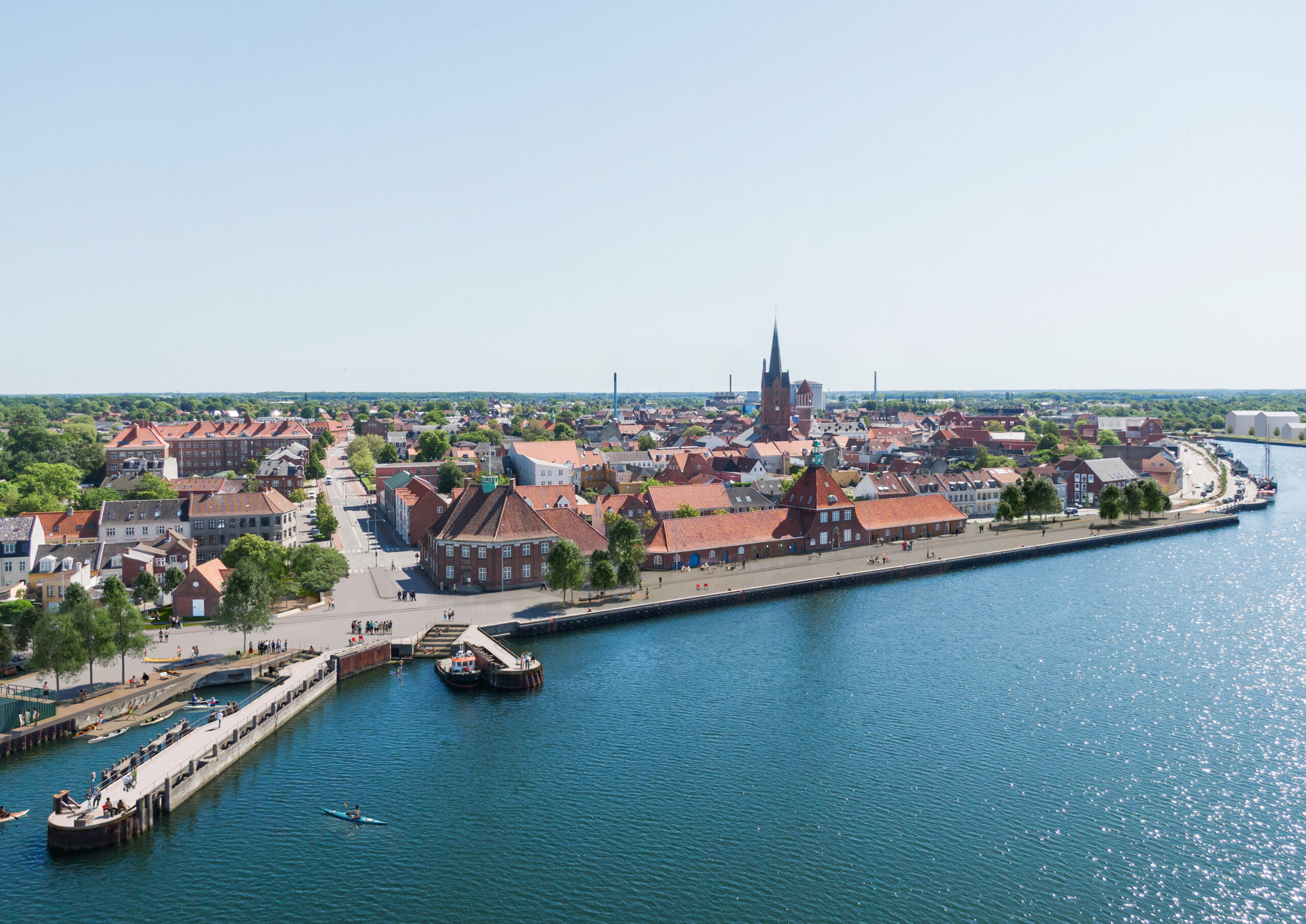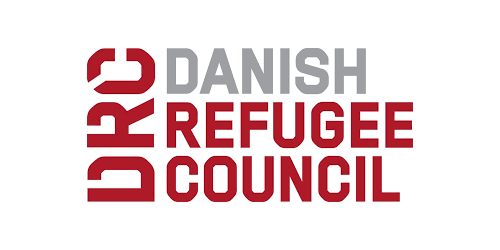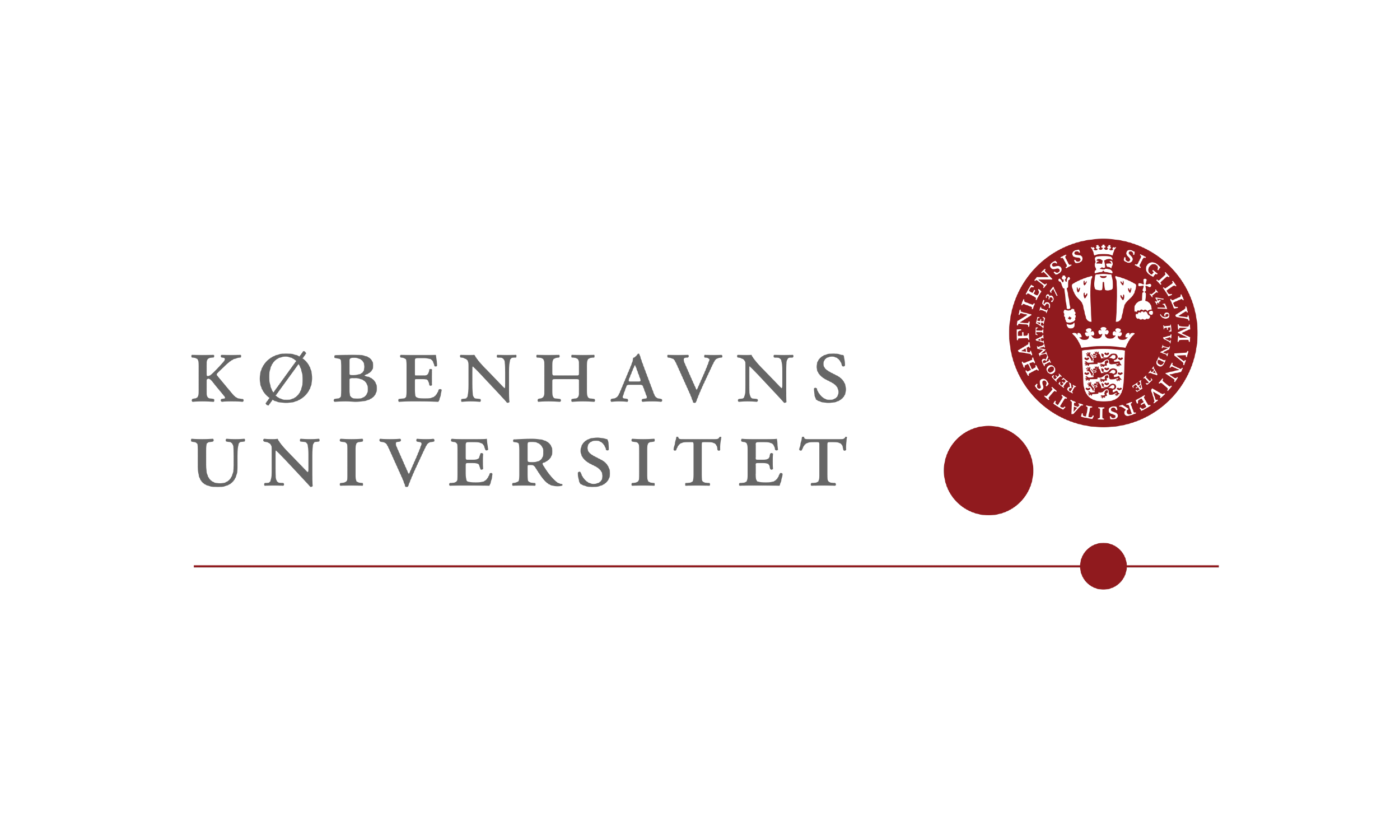The future of one of Copenhagen’s popular nightlife destinations, Kødbyen, is under threat after the safety of an underground ammonia facility has been brought into question.
Ammonia, which is both flammable and toxic, is transported via pipes under the tarmac to power cooling systems for the district’s vast, but now mostly defunct, meat-packing and storing facilities.
The area has witnessed a regeneration over the past two decades, however, with restaurants, bars and galleries moving into the district and developing its reputation as an important creative and social hub in the city.
But after an initial assessment of the ammonia transport system by consulting firm COWI, Copenhagen environmental agency, Center for Miljø (CMI), has stalled all ongoing and future developments while COWI performs a detailed risk assessment.
Events gathering large numbers of people have also been banned.
Kødbyen is owned by the city, and any decision to remove and clean the ammonia system would cost the city between 80 and 100 million kroner.
Due to the dangers associated with ammonia, such a measure would be enormously disruptive on businesses operating in the district and may result in claims for compensation reaching 100 million kroner.
“We have stopped issuing new leases in Kødbyen because we are waiting for COWI’s new risk assessment, which we will receive this week,” Mikkel Årø Hansen from CMI told AOK.dk
“If it turns out that the risk is too great, then we can’t guarantee that there won’t be an impact on activities in Kødbyen. At the end of the day it’s about people’s safety.”
Join the debate – join us on Twitter or Facebook, or leave a comment below.
SEE RELATED STORIES

